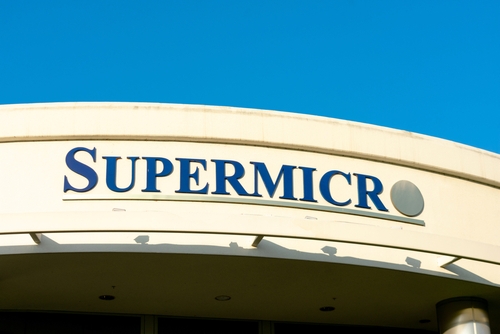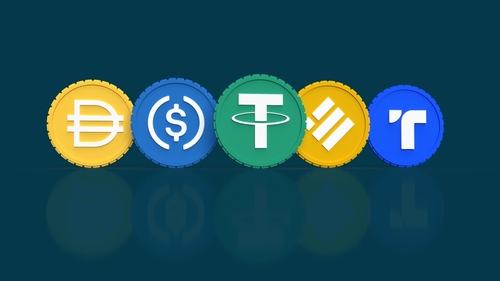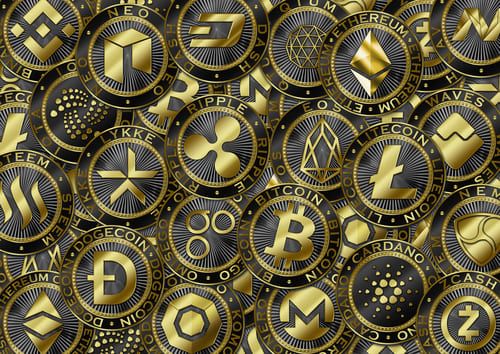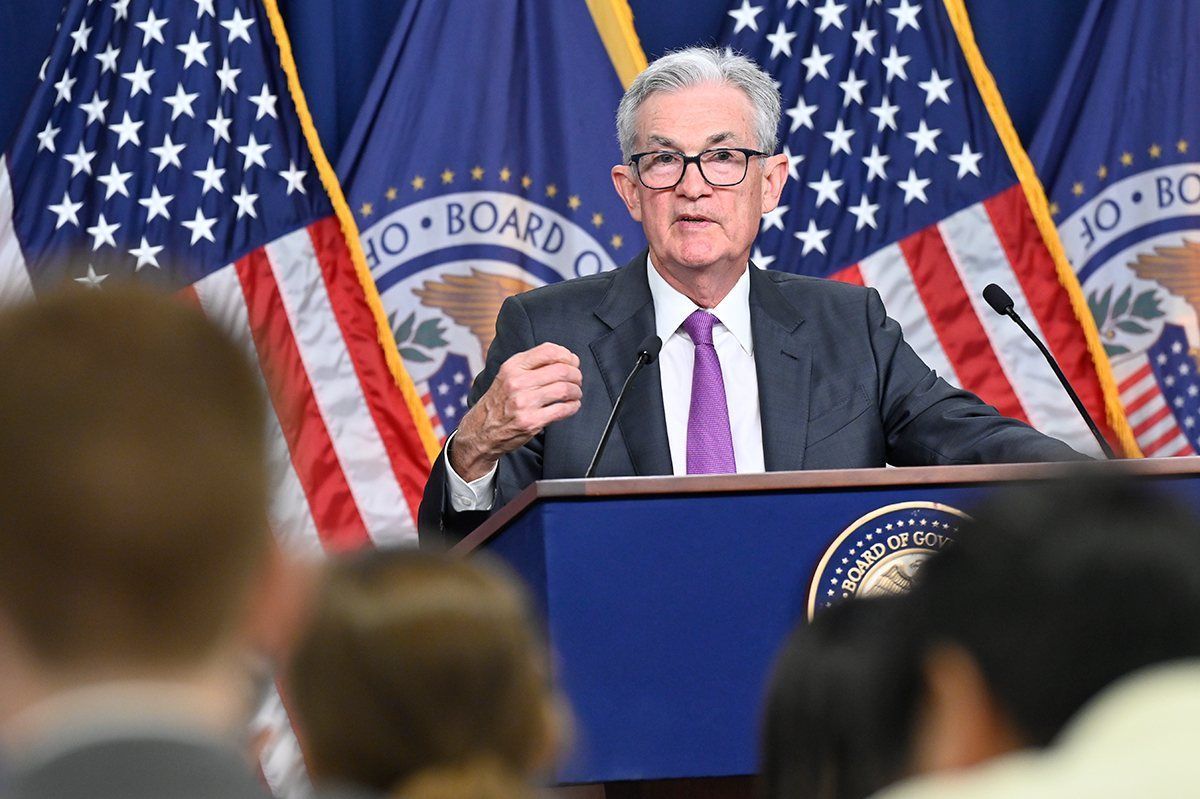Yen Survives 150 Test: BOJ’s Inflation Forecast Hike Sparks Rate Rise Speculation

TradingKey - In a move mirroring the U.S. Federal Reserve’s recent signal of policy divergence, the Bank of Japan (BOJ) delivered a surprisingly hawkish surprise on July 31, sending the yen sharply higher and pulling USD/JPY back from the critical 150 level.
While the BOJ held its policy rate steady at 0.50% — marking the fifth consecutive meeting without a change — it upgraded inflation and growth forecasts, signaling growing confidence in its tightening path.

Bank of Japan Interest Rate Decision, Source: TradingKey
Inflation Forecasts Upgraded — A Hawkish Signal
Despite expectations for a quiet meeting, the BOJ surprised markets by raising its inflation outlook:
- FY2025 CPI forecast raised from 2.2% to 2.7% — above the expected 2.5–2.6% range
- FY2026 and FY2027 forecast revised up slightly
The sharp upward revision reflects persistent food price inflation and broader cost pressures, reinforcing the central bank’s view that inflation is becoming more entrenched.
The BOJ also raised its FY2025 GDP growth forecast from 0.5% to 0.6%, while keeping the FY2026 forecast at 0.7%.
We Won’t Wait Until Inflation Is Stable at 2%
In a key departure from past caution, BOJ Governor Kazuo Ueda emphasized that the bank does not need to wait for underlying inflation to be firmly anchored at 2% before acting.
"It's not as if we will wait until underlying inflation is firmly at 2%. Our decision (on whether to raise rates) is dependent on how likely underlying inflation will reach that level."
Ueda noted that underlying inflation — the BOJ’s key benchmark — remains below 2%, but is expected to rise gradually. The bank will assess a broad range of data, including: consumer price perceptions, long-term inflation expectations and wage trends, etc.
The central bank reiterated that if the economy and prices evolve as expected, it will continue raising borrowing costs.
In a shift from its May statement — which described uncertainty around U.S. trade policy as “very high” — the BOJ revised the language to “still high but with some positive developments,” referencing the recent U.S.-Japan tariff agreement.
Yen Rebounds as Rate Hike Odds Rise
Just days before the meeting, USD/JPY surged toward 150, driven by concerns over Trump’s tariff-driven inflation, resilience in the U.S. economy and political uncertainty in Japan ahead of the Upper House election.
But the BOJ’s hawkish tilt reversed the trend.
After the decision, USD/JPY dropped 0.49% to 148.743, as markets priced in a higher likelihood of a rate hike.
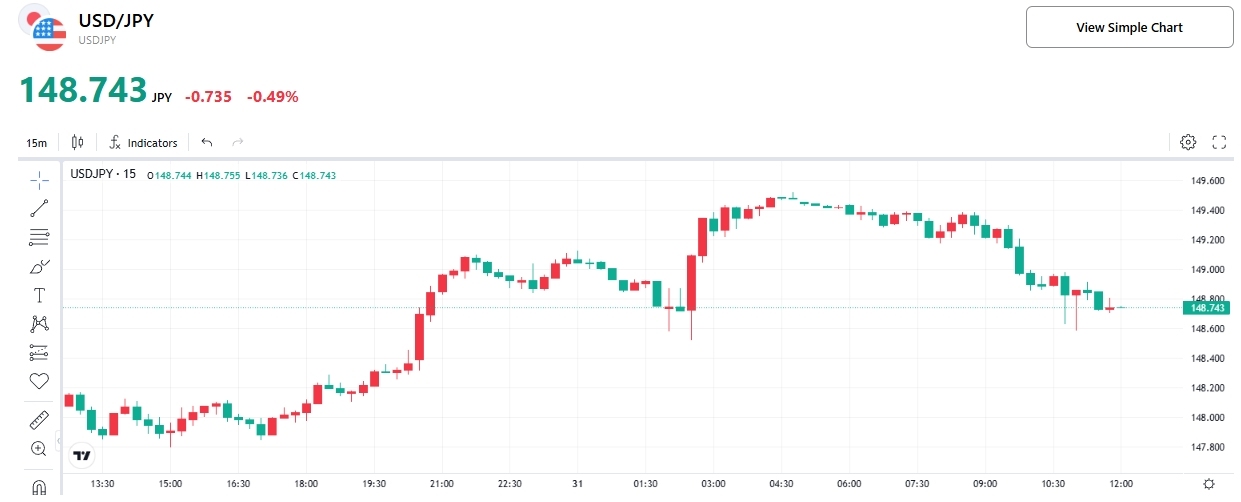
USD/JPY Exchange Rate, Source: TradingKey
October Hike Now in Play
Invesco analysts said the upgraded inflation forecast signals a clearer path to further tightening. This is why the yen strengthened — the BOJ is signaling that a rate hike could come sooner than expected, possibly as early as October.
A Reuters survey this month found that a majority of economists now expect at least a 25-basis-point hike by year-end — a significant shift from June, when only 48% expected any tightening in 2025.
Mizuho economists believe the next hike could come in January 2026, but acknowledge that a move in October is possible if the yen weakens further.
They noted that the U.S.-Japan trade deal has reduced a major obstacle to rate hikes — the risk of tariff-driven economic contraction.



